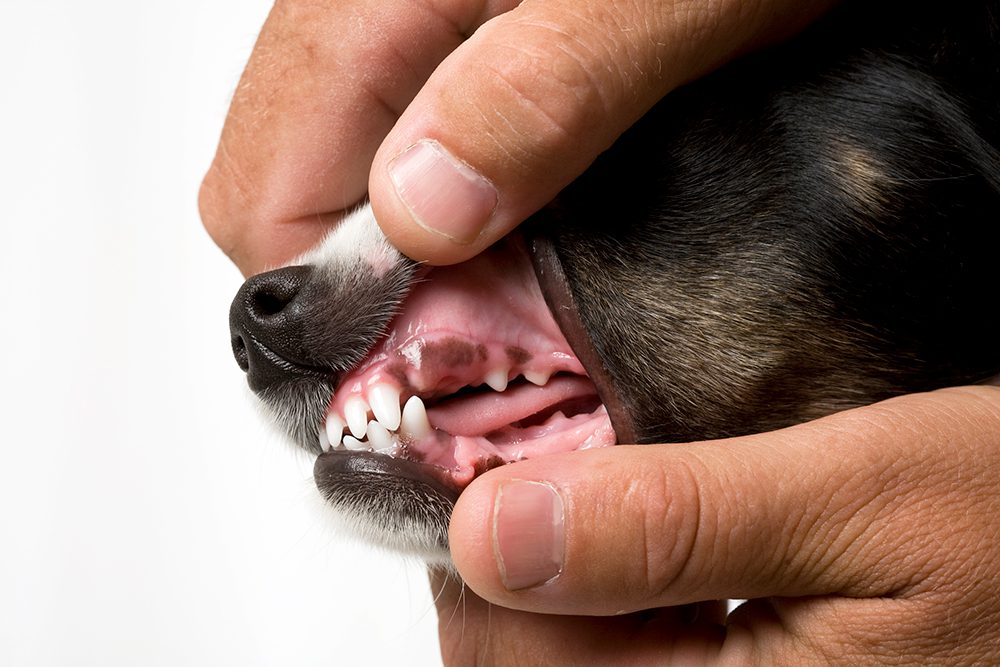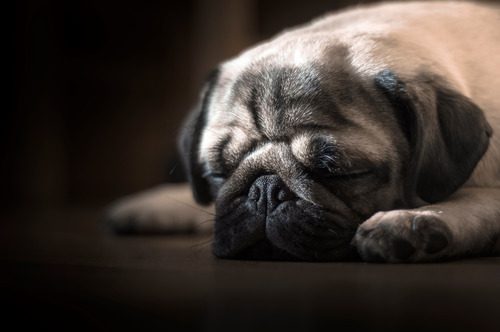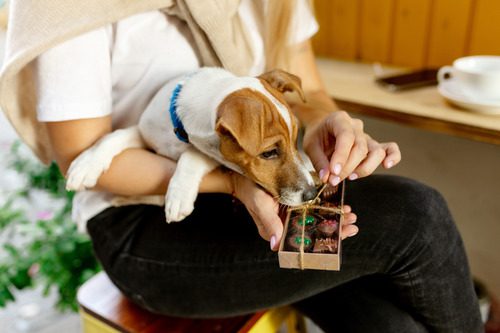Is It Normal for a Dog’s Gums to be Pale? Understanding the Signs and Seeking Veterinary Care
As responsible pet owners, we want to ensure our furry companions are healthy and happy. It’s important to pay attention to their overall well-being, including their oral health. One of the indicators of a dog’s health is the color of their gums. While a dog’s gums typically have a healthy pink color, you may have noticed that your dog’s gums appear pale. In this article, we will explore the potential reasons behind pale gums in dogs, when it might be normal, and when it requires immediate veterinary attention.

Why Are a Dog’s Gums Normally Pink?
When your dog is in good health, their gums should have a pink color. This pink hue is a sign of proper oxygenation and good blood circulation. The color can vary slightly depending on the breed, age, and individual characteristics of the dog, but it should generally be within the pink spectrum. Healthy gums are also moist and have a smooth texture.
What Causes Pale Gums in Dogs?
- Anemia: Pale gums in dogs can be an indication of anemia, a condition characterized by a decrease in the number of red blood cells or a reduction in their ability to carry oxygen. Anemia can have various underlying causes, such as blood loss, nutritional deficiencies, chronic diseases, or even parasites like fleas or ticks. If you notice persistent paleness in your dog’s gums, it’s important to consult with your veterinarian for a thorough examination.
- Shock or Hypotension: In certain situations, such as traumatic accidents, severe bleeding, or heart conditions, dogs may experience shock or low blood pressure (hypotension). These conditions can lead to pale gums, along with other signs like weakness, rapid breathing, or a weak pulse. Immediate veterinary attention is crucial to stabilize your dog’s condition and prevent further complications.
- Dehydration: Dehydration can also cause pale gums in dogs. When a dog is dehydrated, the body restricts blood flow to certain areas to conserve fluids, resulting in pale or whitish gums. Other signs of dehydration include lethargy, dry skin, sunken eyes, and a loss of appetite. If you suspect your dog is dehydrated, it’s essential to provide them with fresh water and seek veterinary advice.
When Should You Be Concerned About Pale Gums?
While some dogs may naturally have lighter pigmentation in their gums, persistent or sudden paleness should raise concerns. If your dog’s gums have always been pale and they exhibit no other signs of illness or distress, it may be a normal variation for them, this should be confirmed by your veterinarian. However, if you notice any of the following signs in conjunction with pale gums, it’s crucial to seek veterinary care promptly:
- Weakness or Lethargy: If your dog appears unusually tired, weak, or lacks their usual energy levels, it could be a sign of an underlying health issue. Pale gums accompanied by lethargy warrant a veterinary examination to determine the cause.
- Rapid Breathing or Labored Breathing: Difficulty breathing or a rapid respiratory rate can be an indication of a serious health problem. If your dog’s gums are pale, and they are experiencing breathing difficulties, it’s important to consult with a veterinarian immediately.
- Loss of Appetite or Weight Loss: A sudden decrease in appetite or unexplained weight loss can indicate an underlying health condition. When accompanied by pale gums, it’s crucial to seek veterinary attention to identify and address the root cause.
Seek Veterinary Care for Your Dog’s Pale Gums
If you notice persistent or concerning paleness in your dog’s gums, it’s always better to be safe than sorry. Booking an appointment with a veterinarian is the best way to ensure your furry friend receives the necessary care and attention.
A thorough examination will help determine the underlying cause of the pale gums and guide the appropriate treatment plan.
At Heart + Paw, we specialize in providing compassionate veterinary care for your beloved pets. Our team of experienced veterinarians is dedicated to your pet’s well-being and will work with you to address any concerns. Book an appointment today and let us help ensure your dog’s gums—and overall health—are in optimal condition.
Preventive Measures for Your Dog’s Oral Health
Taking proactive steps to maintain your dog’s oral health is essential. Here are a few tips to keep your furry friend’s gums healthy:
- Regular Dental Care: Schedule regular dental check-ups and cleanings with your veterinarian to prevent gum disease, tartar buildup, and other oral issues.
- Brush Your Dog’s Teeth: Get into the habit of brushing your dog’s teeth regularly using a dog-friendly toothbrush and toothpaste. This helps remove plaque and prevent gum disease.
- Provide Chew Toys and Dental Treats: Chew toys and dental treats can help keep your dog’s teeth clean by reducing plaque and tartar buildup. Look for products specifically designed for dental care.
Prioritize Your Dog’s Health and Book an Appointment Today
While occasional pale gums may not always indicate a serious problem, it’s crucial to be vigilant about changes in your dog’s oral health. If you notice persistent or concerning paleness, weakness, rapid breathing, or other accompanying symptoms, don’t hesitate to seek veterinary care. At Heart + Paw, our locations are committed to providing comprehensive care for your furry companion. Book an appointment today and let us help ensure your dog’s gums—and overall health—receive the attention they deserve.
Recent Posts
Can Dogs Eat Ham?
Ham is a popular meat found on many dinner tables, especially during the holidays. As a dog…
8 Signs and Symptoms of Diabetes in Dogs
Caring for a dog means being tuned in to the subtle changes that can reveal their overall…
Why Dogs Can’t Eat Chocolate and Tips for Keeping This Sweet Treat Out of Their Reach
Chocolate is a beloved indulgence for us, but for our dogs, it’s a hidden danger that can…
Why Cat Teeth Cleaning is Important For Your Pet’s Health
As a cat owner, you know how important it is to care for your feline friend’s overall…
Cat Body Language: A Guide To Understand What Your Cat is Telling You
Imagine trying to communicate without words, relying solely on subtle gestures, glances, and movements. This is how…
About Us
Heart + Paw was founded in 2018 by Chief Veterinary Officer Dr. George Melillo, who currently serves the Mid-Atlantic area. Heart + Paw offers a combination of veterinary care, pet grooming, and dog daycare to help be a resource in your pet parenthood journey.
We'd Love to Meet Your Four-Legged Friends
Find out how the friendly veterinary team at your local Heart + Paw can help your pets live longer, healthier lives by searching for a location near you.





